Introduction
Use this guide to remove or replace the primary interconnect cable in your Samsung Galaxy S21.
For your safety, discharge the battery below 25% before disassembling your phone. This reduces the risk of a dangerous thermal event if the battery is accidentally damaged during the repair. If your battery is swollen, take appropriate precautions.
Tools
Parts
-
-
Apply a suction cup to the back of the phone, as close to the center of the bottom edge as possible.
-
Pull up on the suction cup with strong, steady force to create a gap between the back cover and the frame.
-
Insert an opening pick into the gap.
-
-
-
Slide the pick back and forth along the bottom edge to slice through the adhesive.
-
Leave the pick in to prevent the adhesive from resealing.
-
-
-
Apply a suction cup to the back of the phone, as close to the center of the left edge as possible.
-
Pull up on the suction cup with strong, steady force to create a gap between the back cover and the frame.
-
Insert an opening pick into the gap.
-
-
-
Slide an opening pick along the left edge towards the bottom left corner to cut the adhesive.
-
Leave the pick in to prevent the adhesive from resealing.
-
-
-
Apply a suction cup to the back of the phone, as close to the center of the right edge as possible.
-
Pull up on the suction cup with strong, steady force to create a gap between the back cover and the frame.
-
Insert an opening pick into the gap.
-
-
-
Slide an opening pick back and forth along the back cover's right edge to cut the adhesive.
-
Leave the pick in to prevent the adhesive from resealing.
-
-
-
Slide the top-most opening pick as close to the camera shell as possible.
-
Repeat for the left-edge pick.
-
-
-
Rotate the back cover counterclockwise to create a gap between the camera shell and the frame.
-
Insert an opening pick in the gap.
-
-
-
Gently slide the two picks toward the camera shell so they are under the corners of the back cover adjacent to the camera shell.
-
Move the picks back and forth along the bridge between the back cover and the camera shell until you create a gap between the camera shell and the frame.
-
-
-
There's additional adhesive to the right of the camera that you need to cut through.
-
Angle the pick downward to avoid any damage.
-
-
-
Line up the opening pick's tip with your phone's flash
-
Insert the pick slowly, making sure to avoid the flash's plate.
-
Slice the adhesive to the right of the camera.
-
-
-
Remove the back cover.
-
This is a good point to power on your phone and test all functions before sealing it up. Be sure to power your phone back down completely before you continue working.
-
Remove any adhesive chunks with a pair of tweezers or your fingers. Use some high concentration (over 90%) isopropyl alcohol to wipe away any adhesive residue.
-
If you're using Samsung custom-cut adhesives, follow this guide.
-
If you're using double-sided tape, follow this guide.
-
-
-
Use a Phillips screwdriver to remove the five 4 mm-long screws securing the motherboard bracket to the frame.
-
-
-
While using tweezers, or your fingers, to hold the motherboard bracket out of the way, use a spudger to pry up the battery press connector.
-
-
-
While still holding the motherboard bracket out of the way, use a spudger to pry up and disconnect the wireless charging coil's press connector.
-
-
-
Use a Phillips screwdriver to remove the six 4 mm screws securing the loudspeaker to the frame.
-
-
-
Insert the point of a spudger into the notch in the top-left corner of the loudspeaker and pry up to release the clips holding it in place.
-
Remove the loudspeaker.
-
-
-
Use the flat end of a spudger to pry up and disconnect the primary interconnect cable's bottom press connector.
-
-
-
Use the flat end of a spudger to pry up and disconnect the primary interconnect cable's top press connector.
-
Compare your new replacement part to the original part—you may need to transfer remaining components or remove adhesive backings from the new part before installing.
To reassemble your device, follow the above steps in reverse order.
After you've completed the repair, follow this guide to test your repair.
Take your e-waste to an R2 or e-Stewards certified recycler.
Repair didn’t go as planned? Check out our Answers community for troubleshooting help.
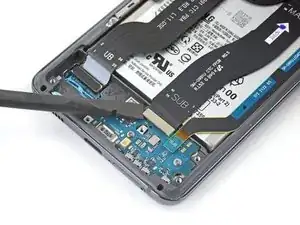
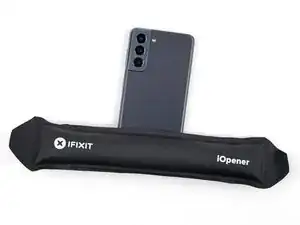
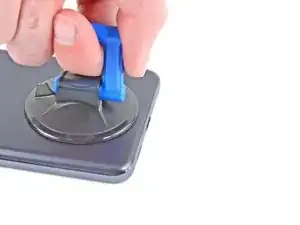
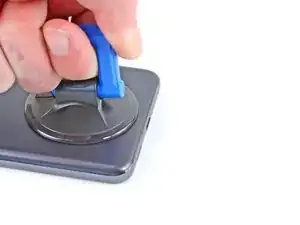
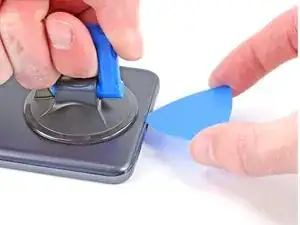
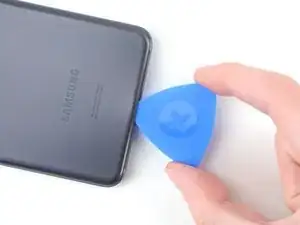
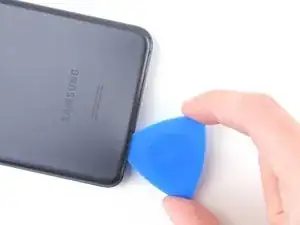
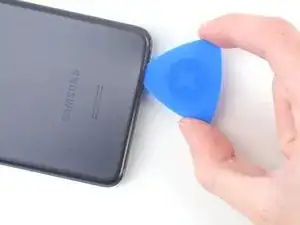
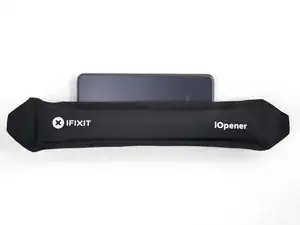
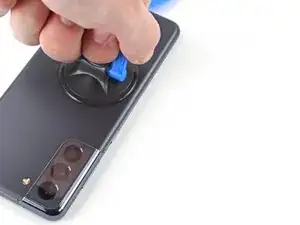
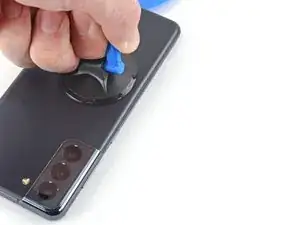
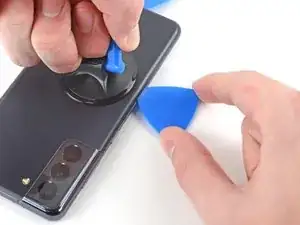
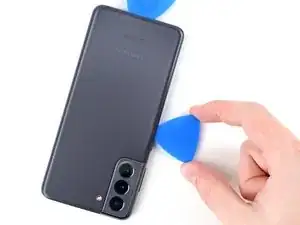
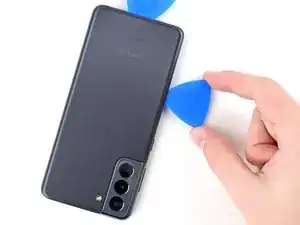
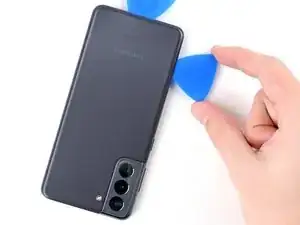
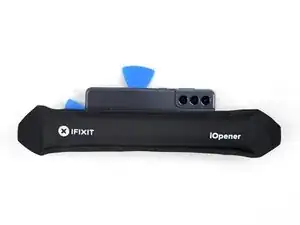
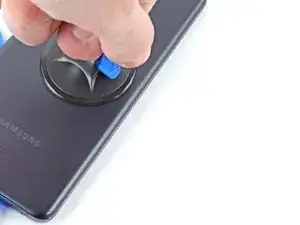
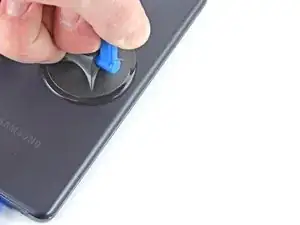
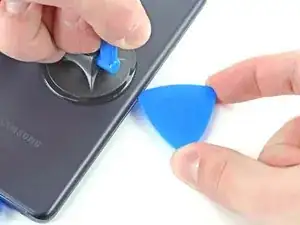
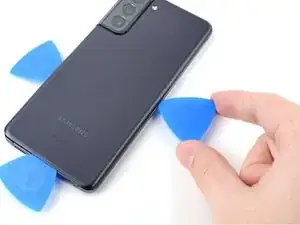
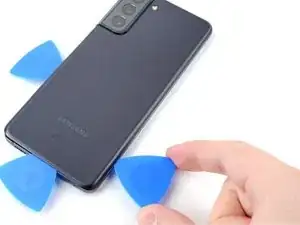
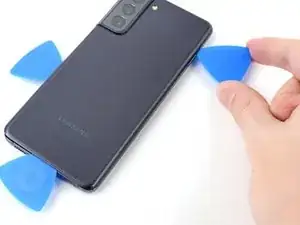
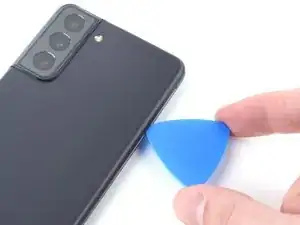
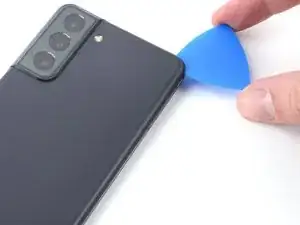
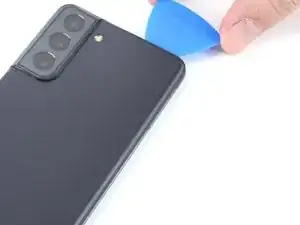
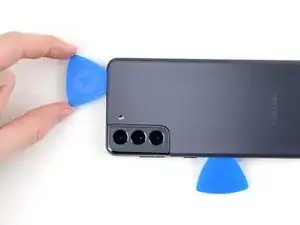
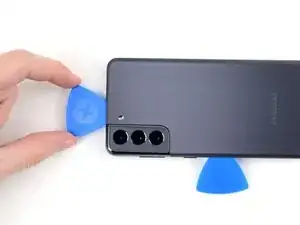
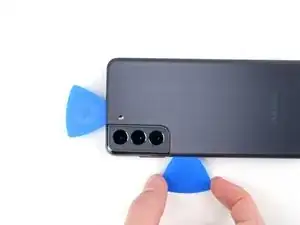
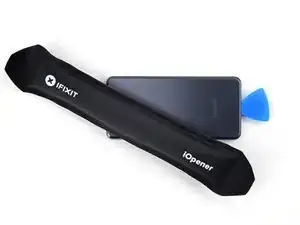
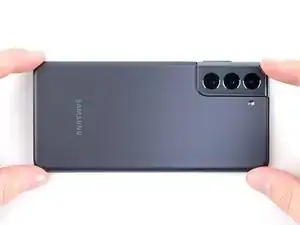
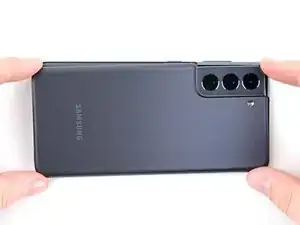
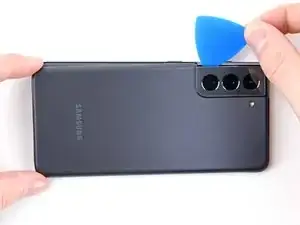
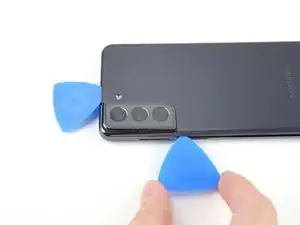
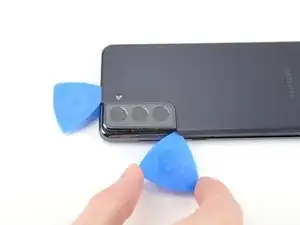
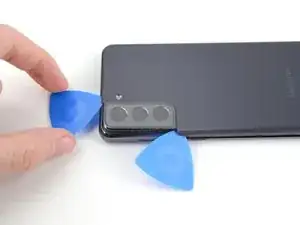
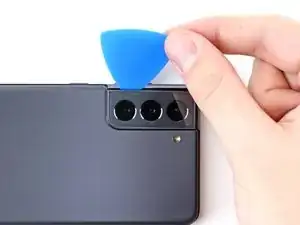
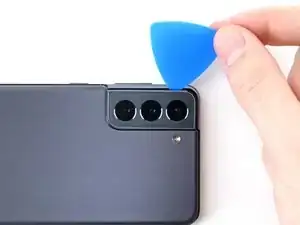
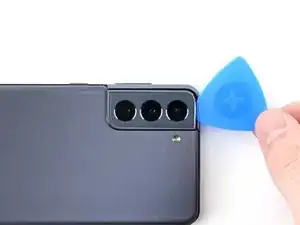
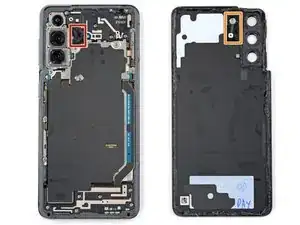
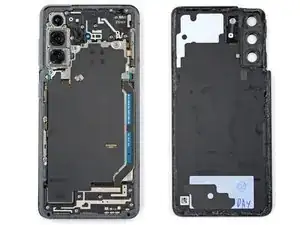
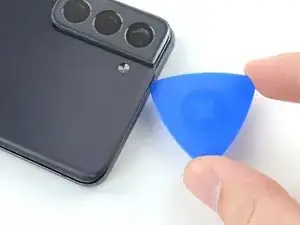
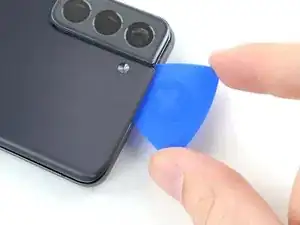
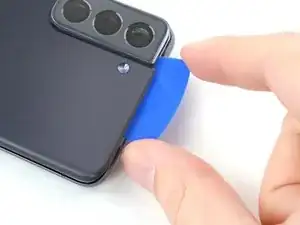
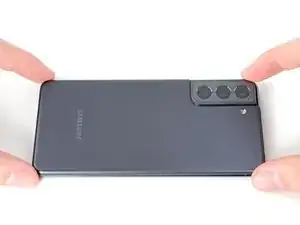
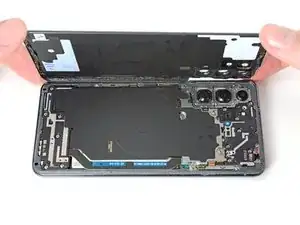
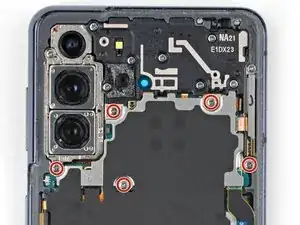
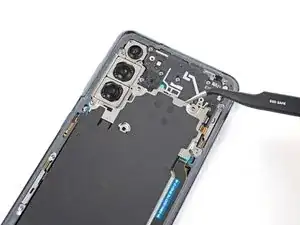
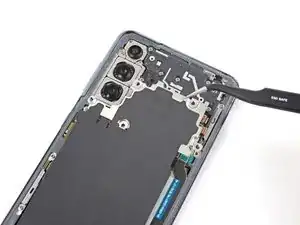
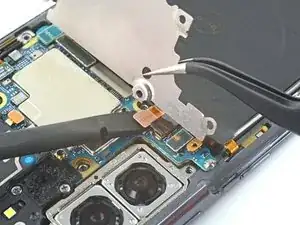
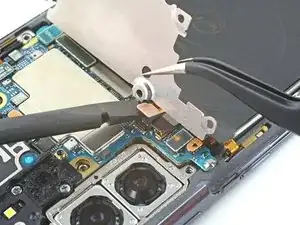
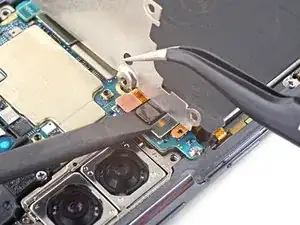
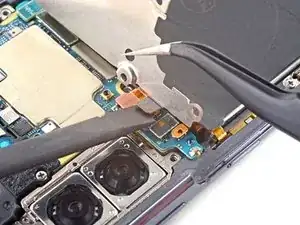
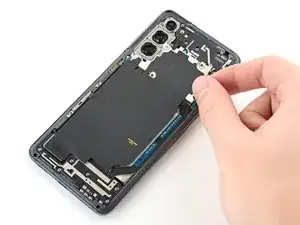
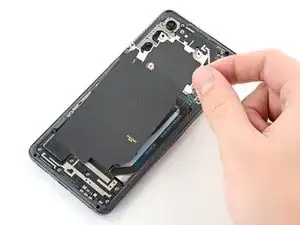
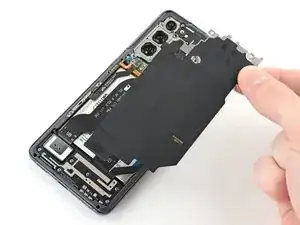
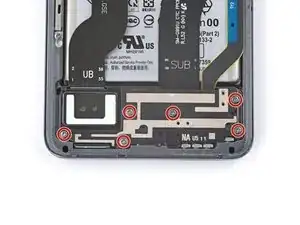
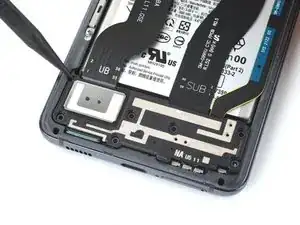
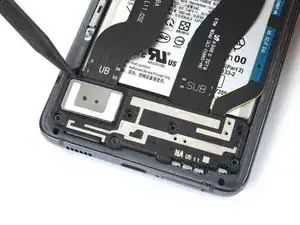
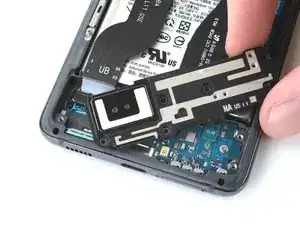
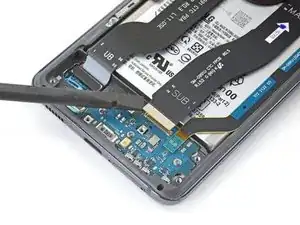
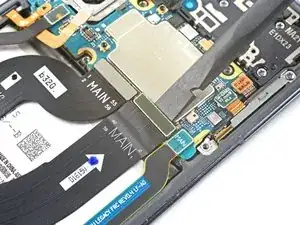
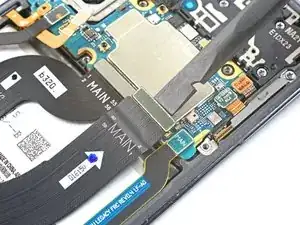
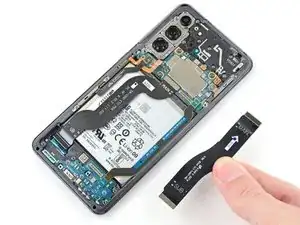

How hot does the back cover have to be to come off? I tried with iOpener many times but have had no luck opening it. The surface temperature goes up to 105-110F (43C).
Imtiaz Chowdhury -
Hi Imtiaz!
We don't have a specific temperature that we recommend, but, if you're still having issues separating the adhesive with the iOpener, I would recommend you switch to a hair dryer or a heat pad. The back cover should be slightly too warm to the touch.
Alex Diaz-Kokaisl -